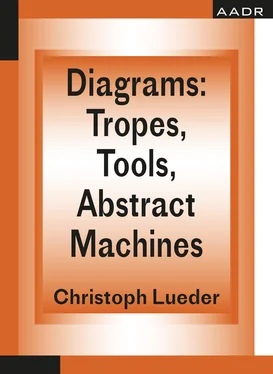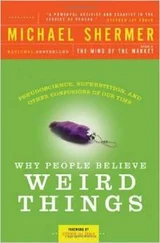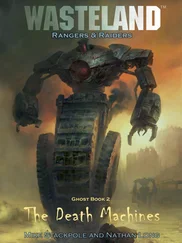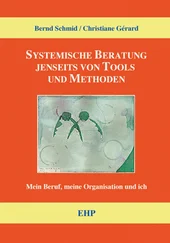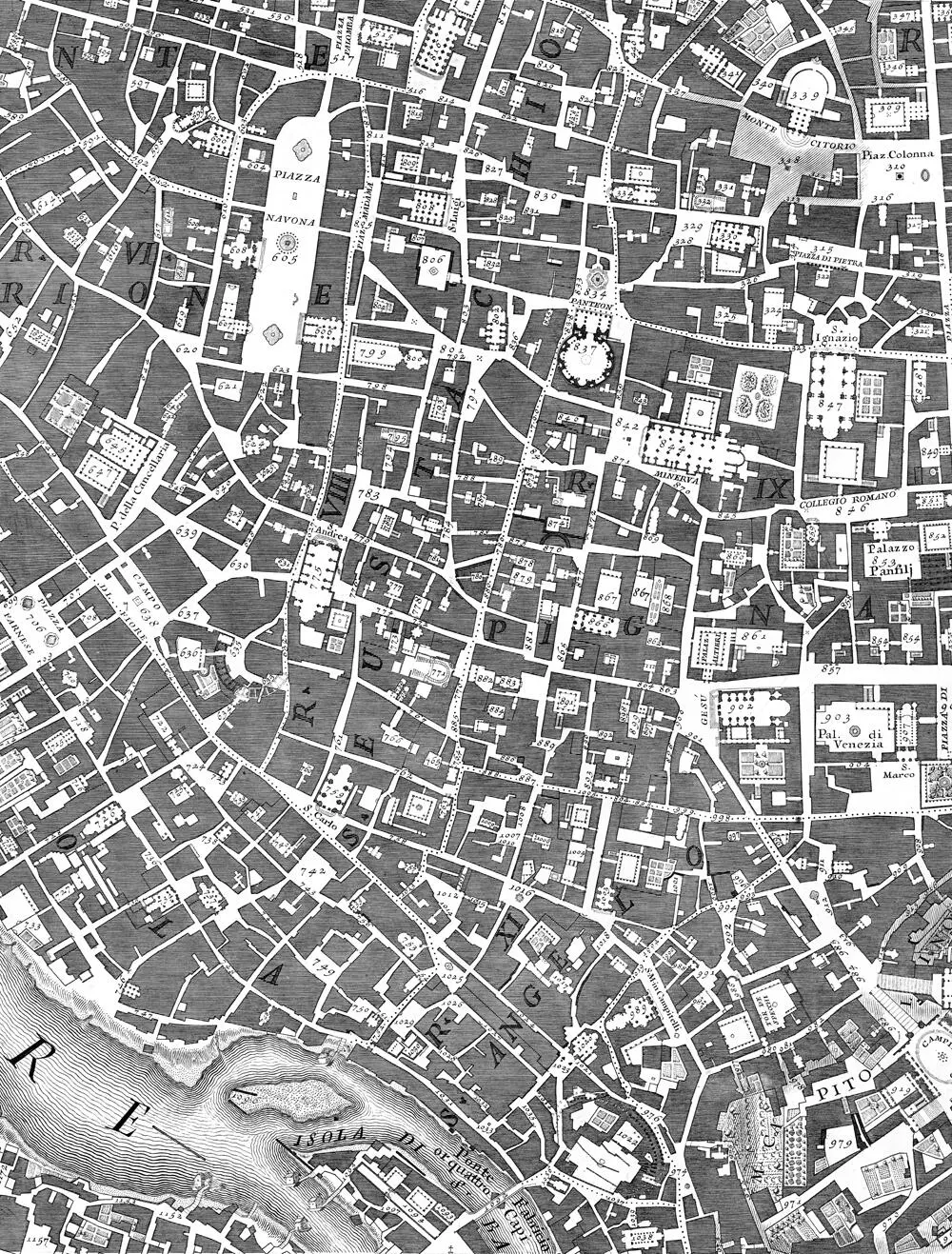
Fig. 2: Giambattista Nolli, Pianta Grande di Roma, 1748.

Fig. 3: OMA, Site plan for The Hague City Hall, 1986. Copyright OMA.
Poché and Free Section
While this urban, “horizontal” conception of poché retained Beaux-Arts privileging of the plan as generator, OMA’s projects for the Très Grande Bibliothèque de Paris (1989) and for the ZKM in Karlsruhe (begun 1989) reconceptualised poché in terms of a “free section.” The TGB, the project text reads, is conceived of as a “solid block of information, a repository of all forms of memory, books, optic discs, microfiches, computers;” the major spaces then are generated “by scooping out forms from a solid block, like ice cream” (Koolhaas 2004, 77). This “sculptural” conception is prefigured in Luigi Moretti’s volumetric plaster models of voids ( Figure 4), which make visible and explain spatial structure and sequences of spaces in a series of Roman, Renaissance, and Baroque buildings and unrealised projects (Moretti 1952, 9-20; 1953, 107-8). The transitions between “elementary volumes,” via interspaces, linear passages, or through volumetric fusion, that Moretti visualized and catalogued had been shaped by the use of poché; by not representing the poché, Moretti’s three-dimensional diagrams evoked a previously unseen, sculptural notation of space. This notation resurfaces in a model of the TGB that, like Moretti, represents the voids as solids. While Beaux-Arts notions of poché did also “ascribe to the space of the room the physical power to eat into – to pocket – the wall,” and posited space as a “positive force, causing the passive masses of the walls to yield before it as it balloons up to form sequences of volumes” (van Zanten 1978, 72). The tectonic principles of masonry construction meant that the primary interiors had to be aligned vertically. Koolhaas’ new, “isomorphic” notion of poché breaks with the tectonic understanding of poché as “the imprint upon the plan of the traditional heavy structure” (Rowe and Koetter 1978, 78), to—as the project description goes—“introduce a new era of liberated and randomized relationships between the different components of a building,” which are compared to “multiple embryos, each with their own technological placenta.” This idea resonates with Bernhard Hoesli’s translator’s note to the German translation of Collage City: “’Pocher’ would then be the packaging or the surrounding of an (ideal) form with tissue. Poché in plan, section or urban plan would denote ‘packaging,’ connective tissue or supporting tissue” (Hoesli 1984, 114). Rather than forming “connective tissue” that articulates transitions between spaces, poché internalises Koolhaas’ conception of lobotomy by disengaging the major interiors. In the TGB, relationships are left to be established mechanically rather than architecturally, as a grid of 9 elevators connects the voids. Begun at the very end of OMA’s first decade, the project for the ZKM in Karlsruhe continued the specification of a new tectonics of poché prompted by the free section. Servant spaces are accommodated in horizontal layers supported by Vierendeel beams, interspersed between the served spaces thus kept free of columns.

Fig. 4: Luigi Moretti, Basilica di S. Piero in Vaticano, from ‘Strutture e sequenze di spazi’, 1952-53.

Fig. 5: OMA, Axonometric drawing for Très Grande Bibliothèque de France, 1989. Copyright OMA.
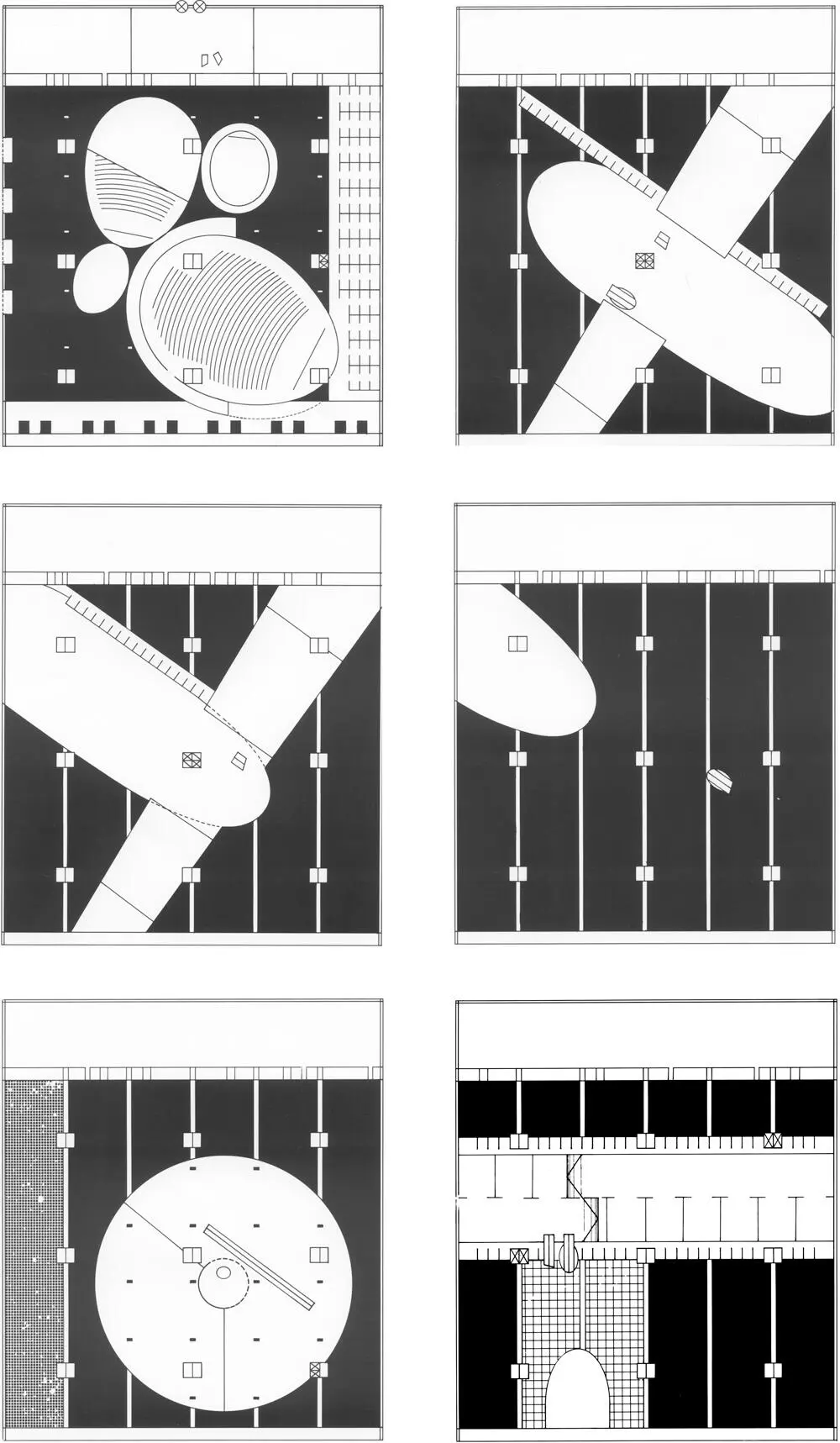
Fig. 6: OMA, Floor plans of Très Grande Bibliothèque de France, 1989. Copyright OMA.
The radical inversion of architectural poché, in terms of space as well as tectonics, from a device of urban contextualisation to one of internal lobotomy, from antithesis of the free plan to enabler of the free section, conjoins ideas which previously were conceptual antagonisms. Perhaps this became conceivable only through Koolhaas’ paradoxical strategy of polemic rejection of the traditional implications of poché and suppression of the term, paired with imaginative appropriation of its radically malleable guises.
This chapter is a revised version of the journal article “Poché. De naamloze evolutie van een Koolhaasiaanse techniek | Poché. The Innominate Evolution of a Koolhaasian Technique,” first published in OASE 94 (April 2015): 124-131.
Конец ознакомительного фрагмента.
Текст предоставлен ООО «ЛитРес».
Прочитайте эту книгу целиком, купив полную легальную версию на ЛитРес.
Безопасно оплатить книгу можно банковской картой Visa, MasterCard, Maestro, со счета мобильного телефона, с платежного терминала, в салоне МТС или Связной, через PayPal, WebMoney, Яндекс.Деньги, QIWI Кошелек, бонусными картами или другим удобным Вам способом.
